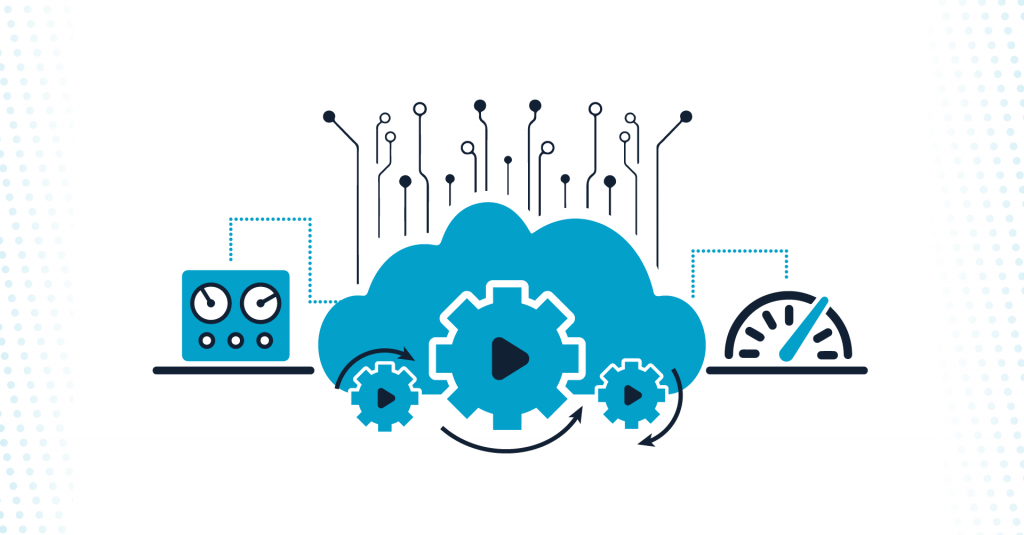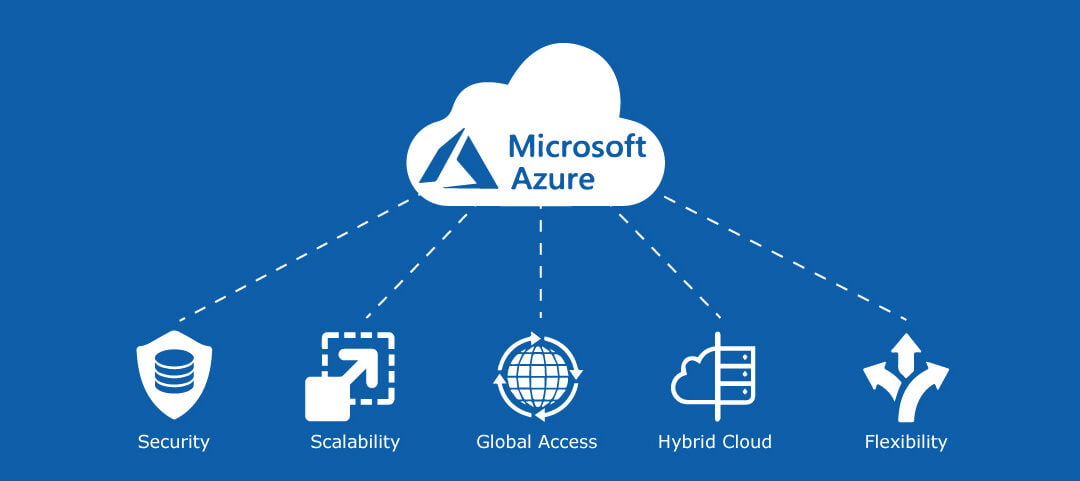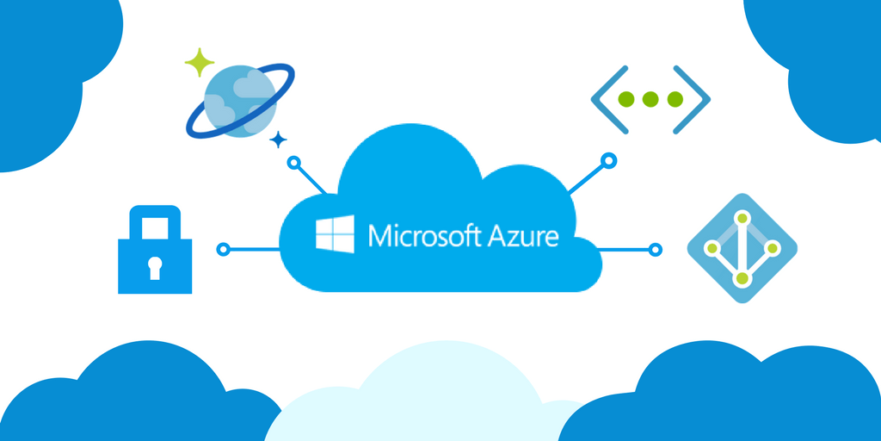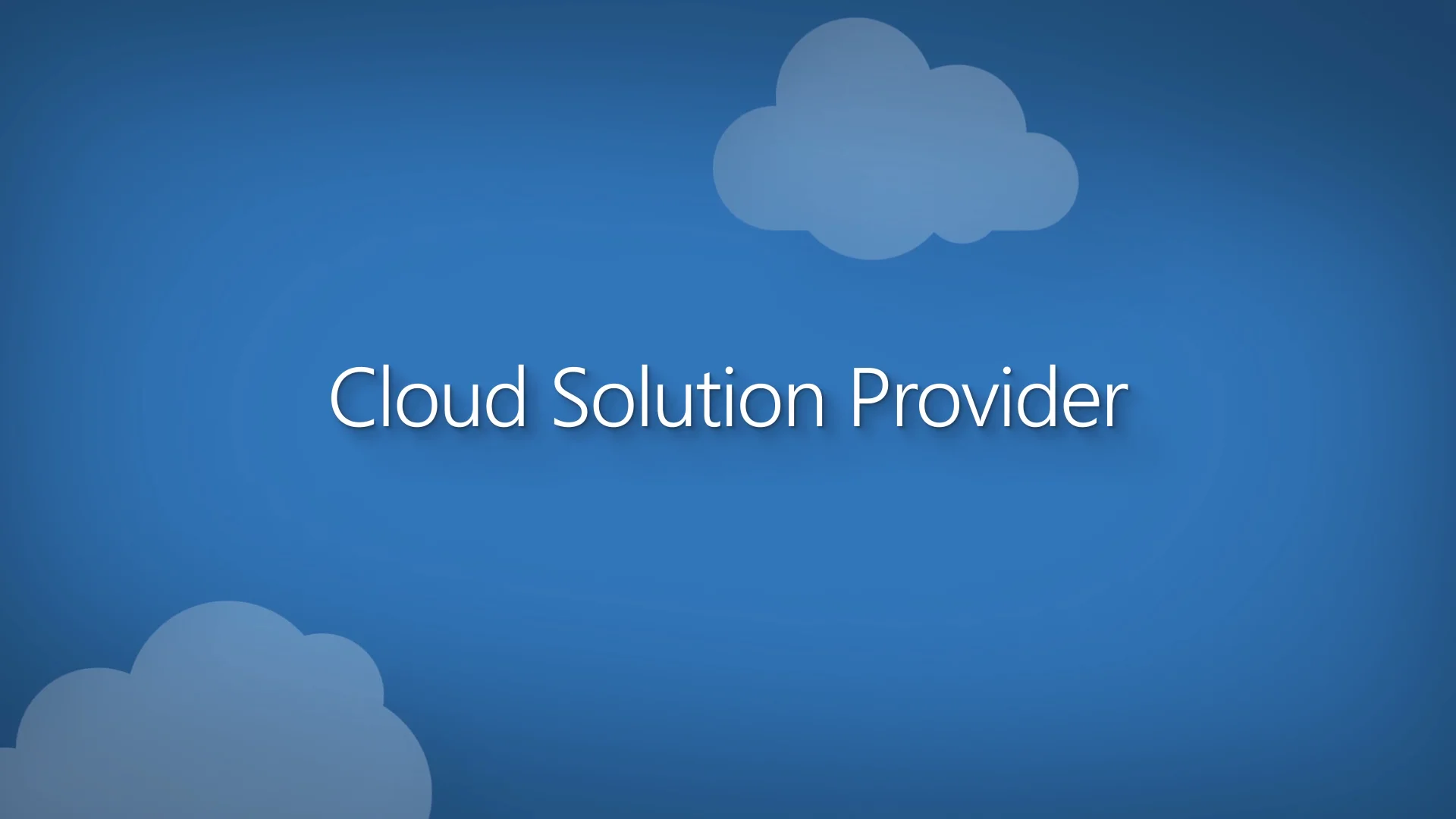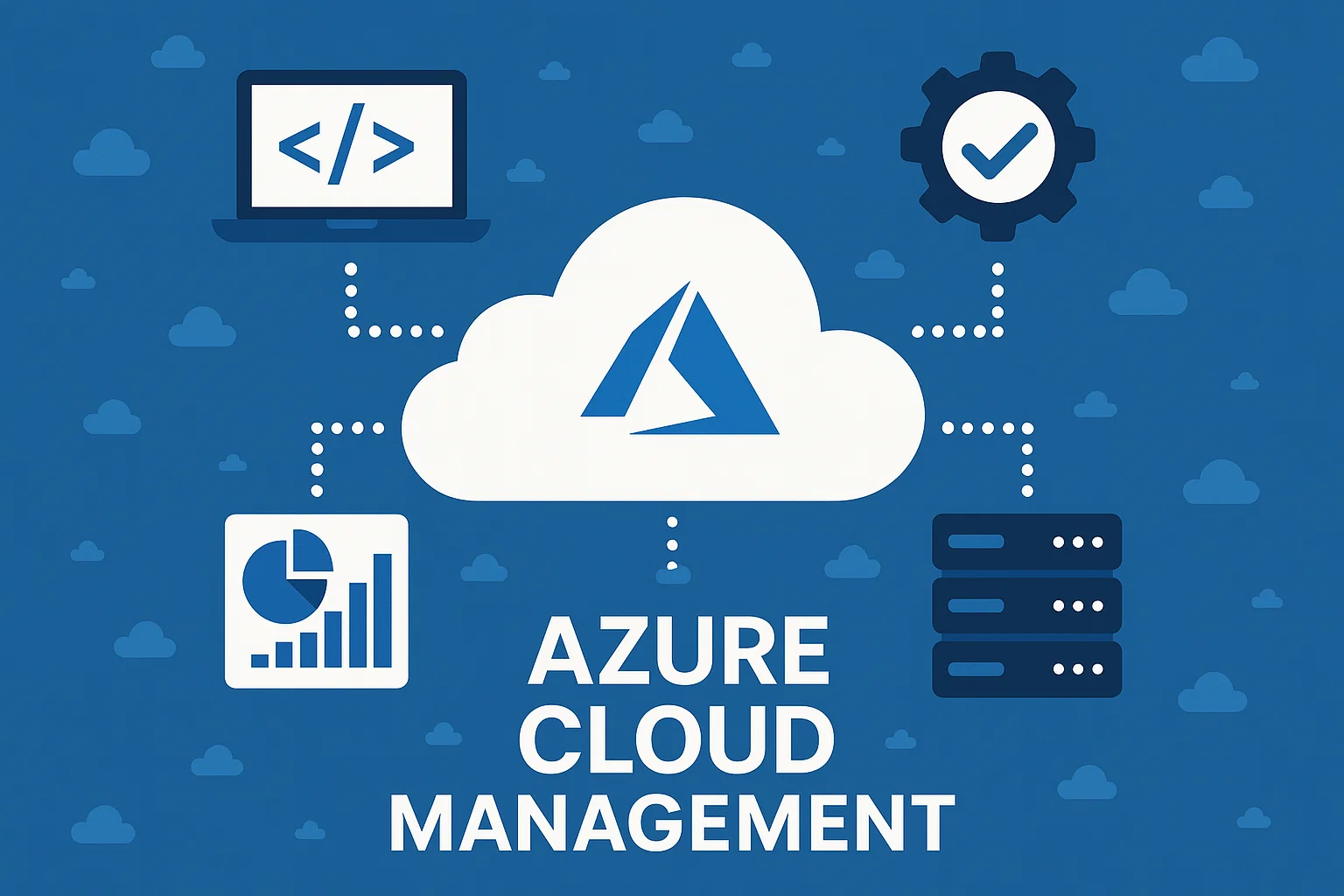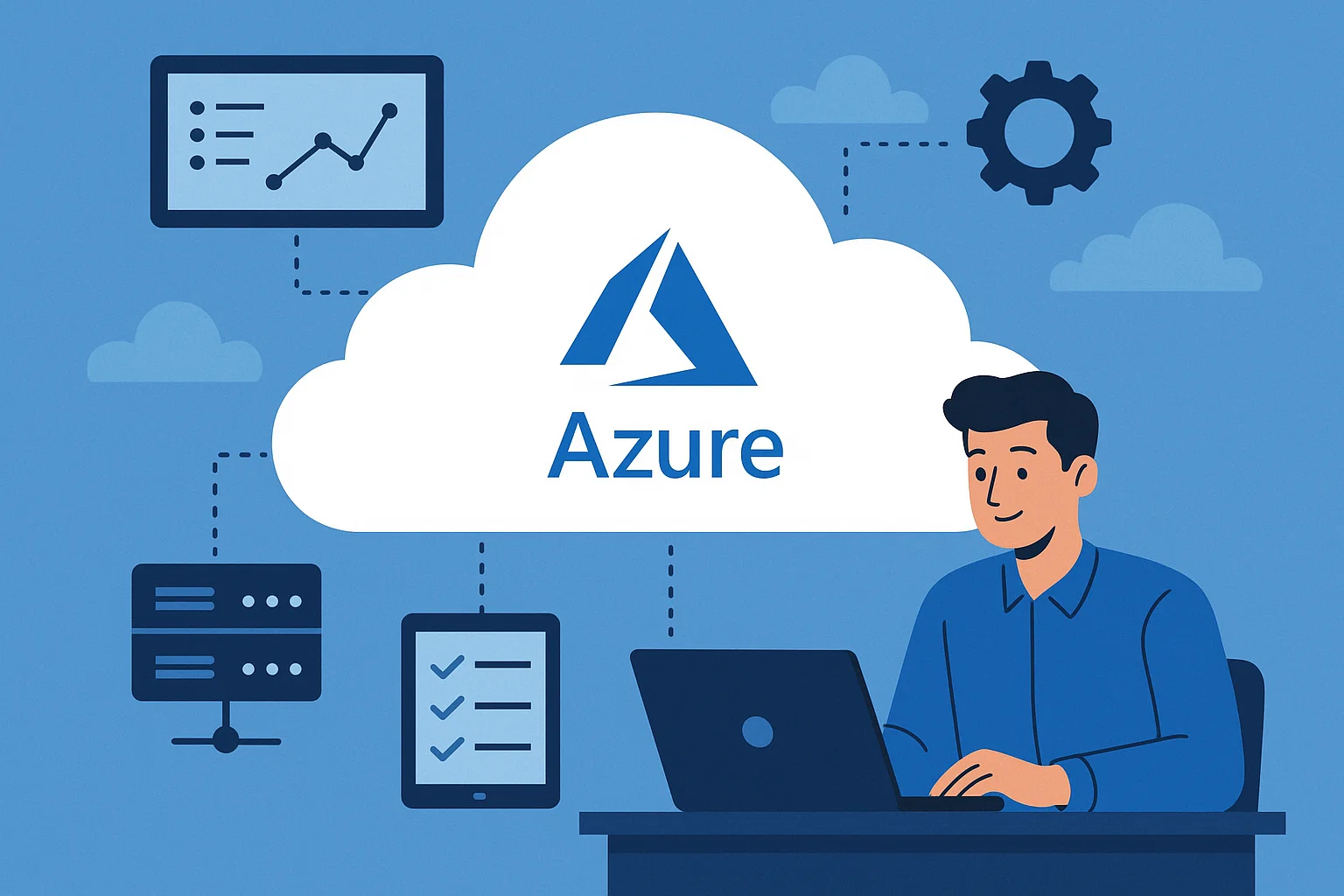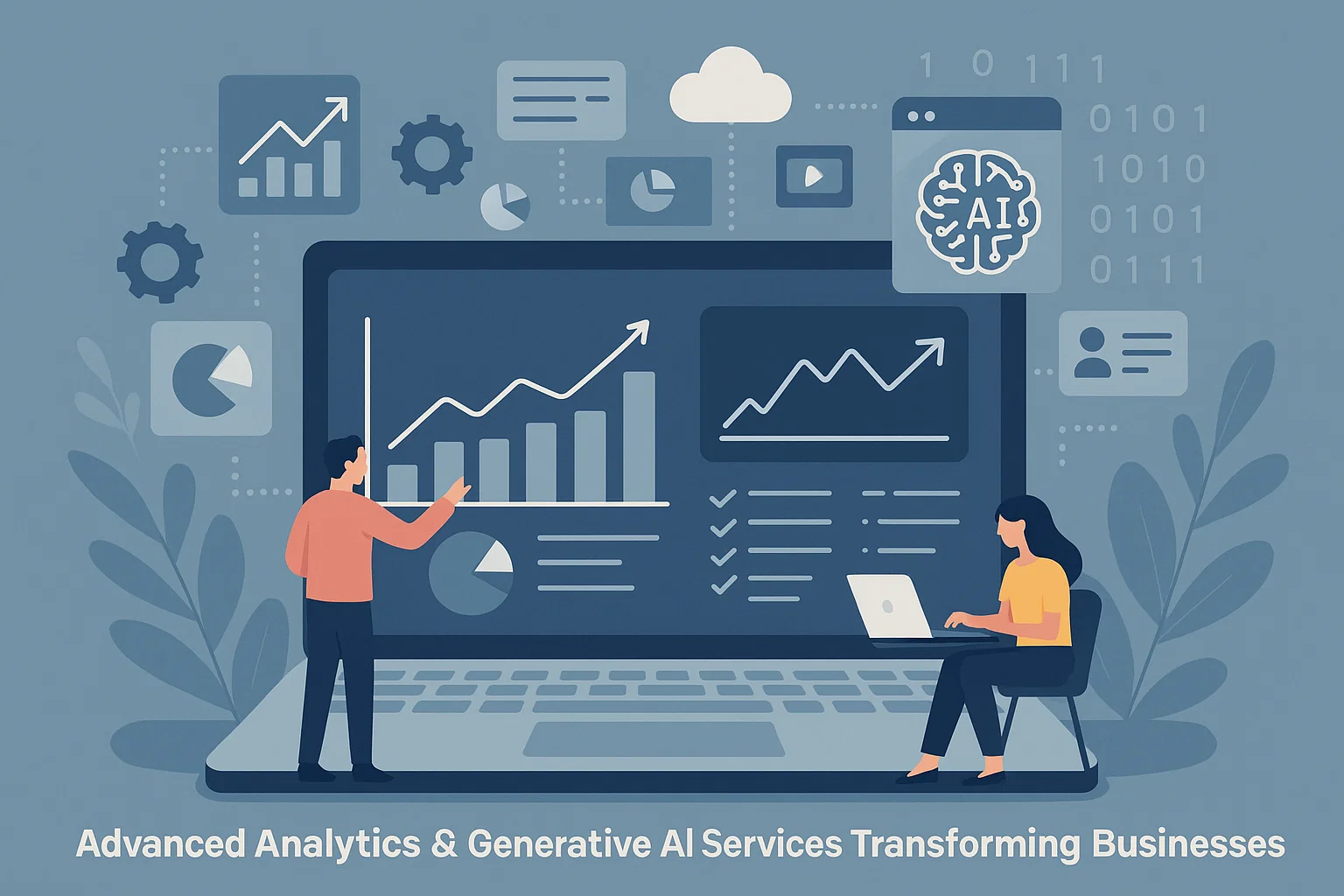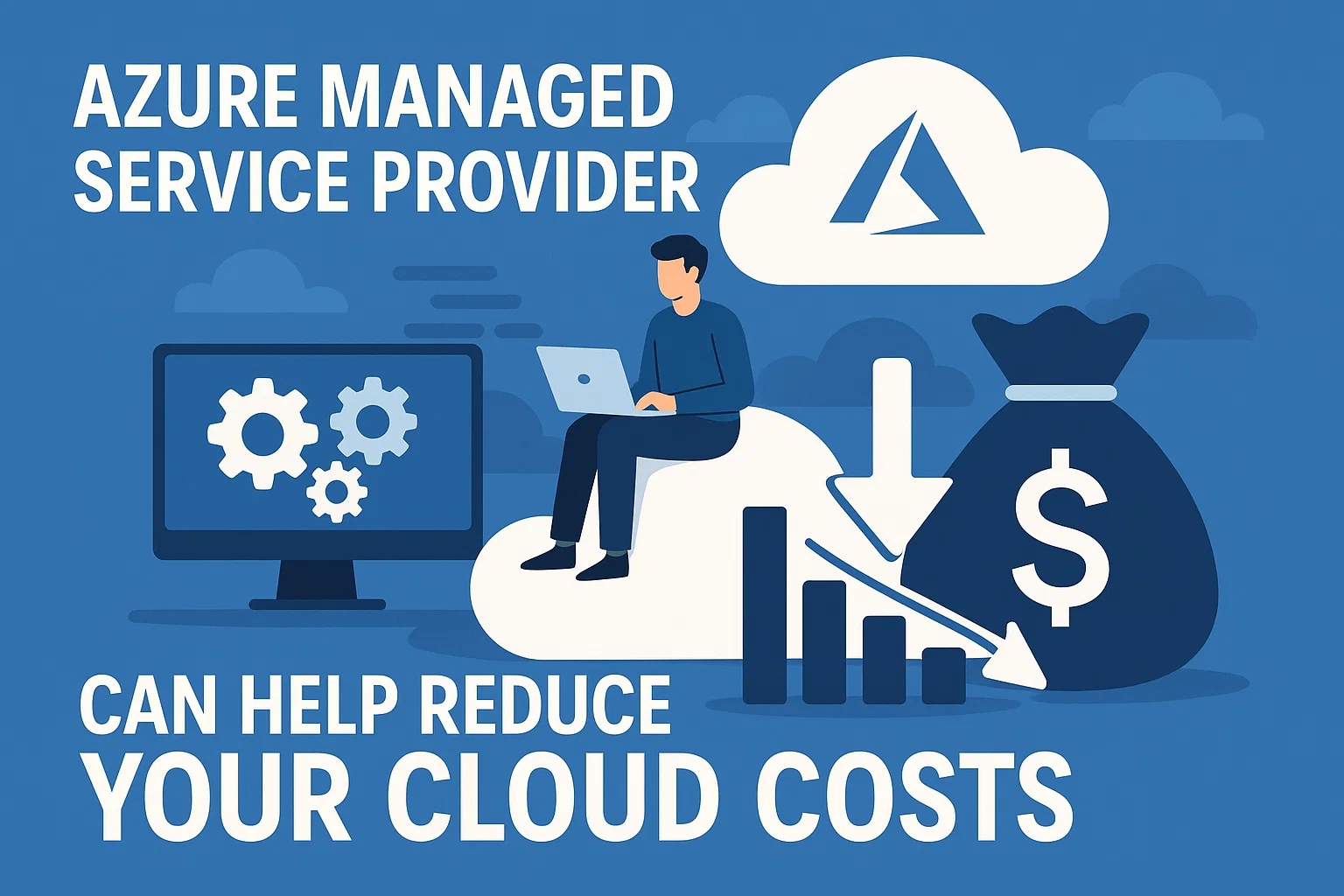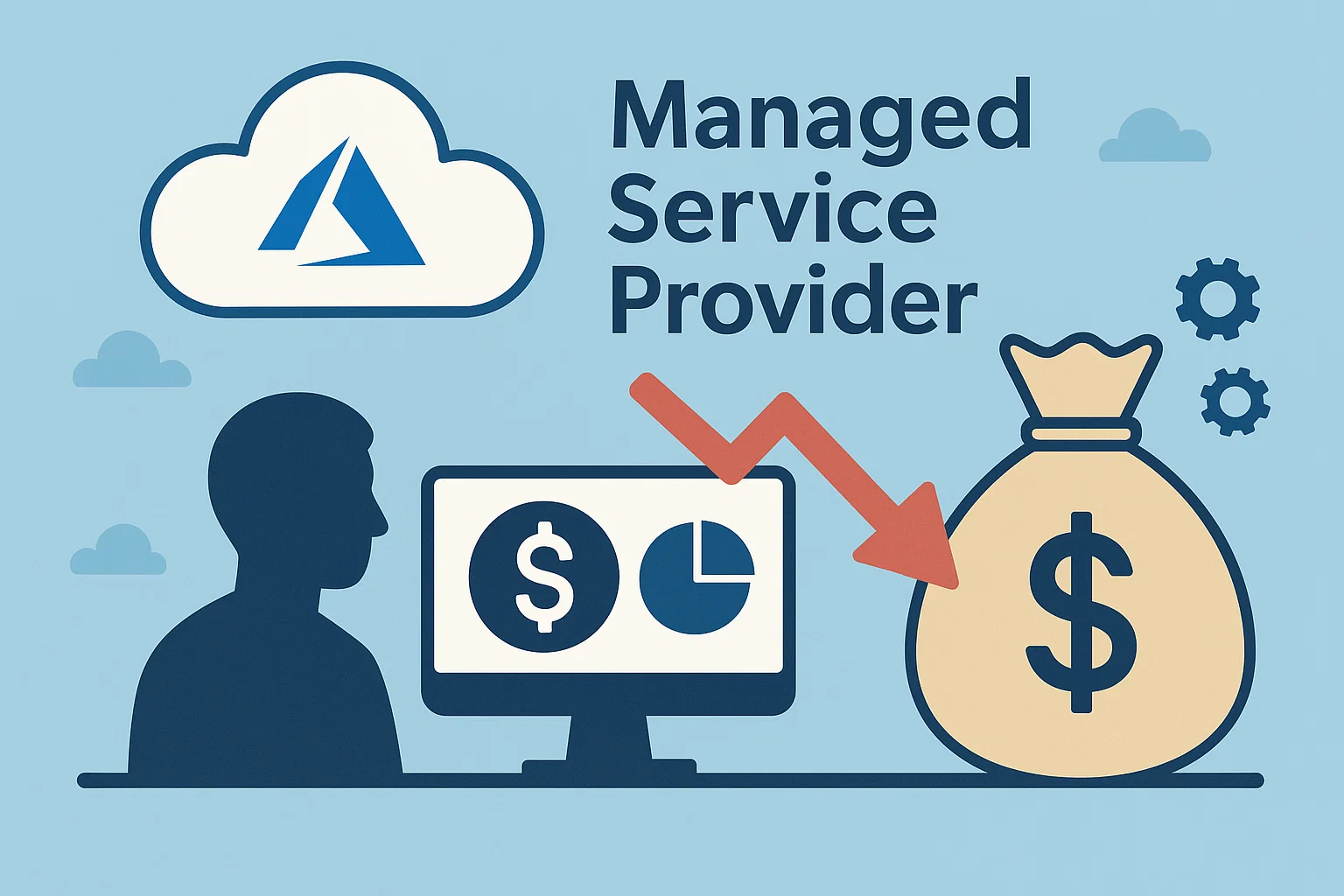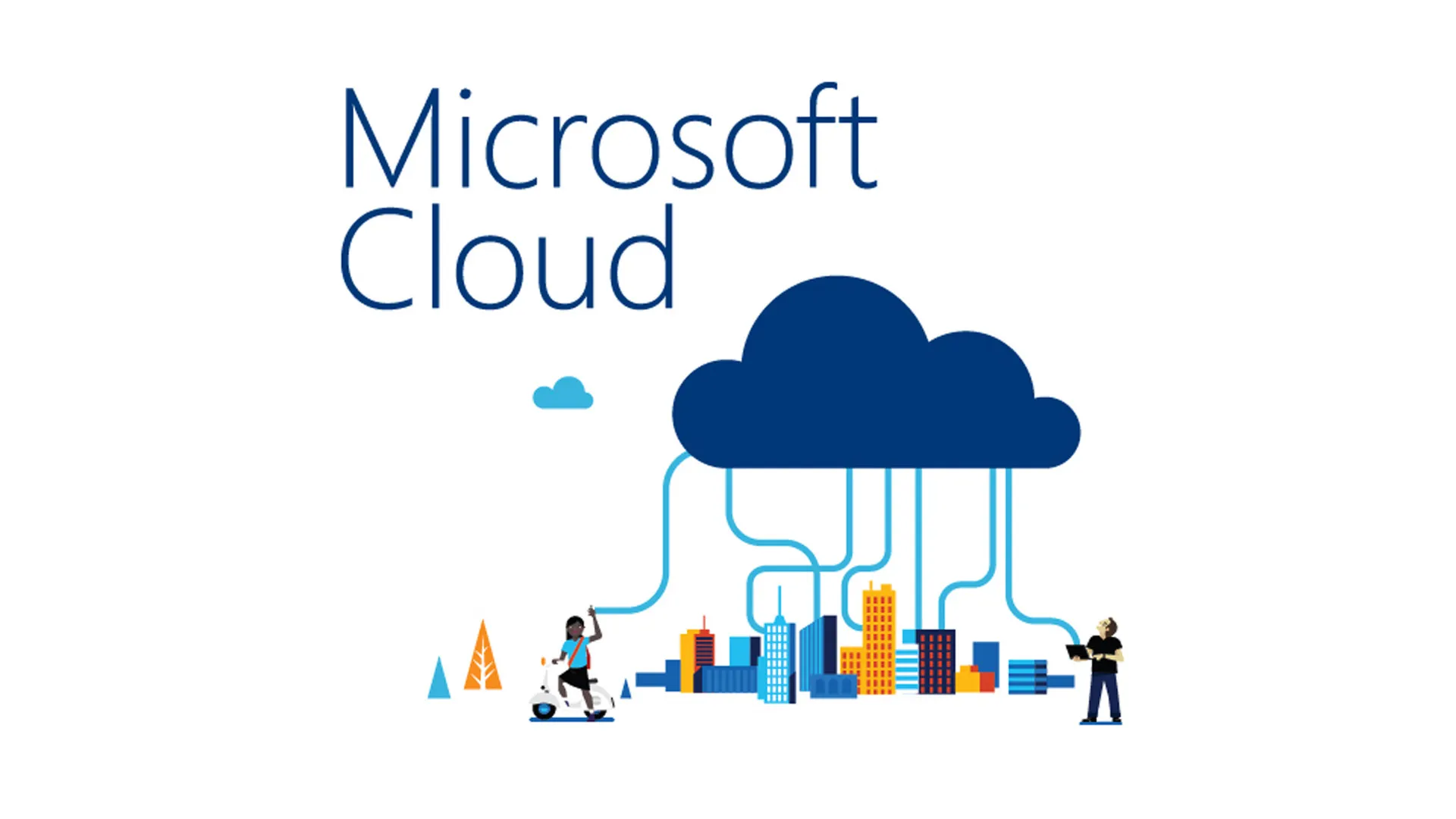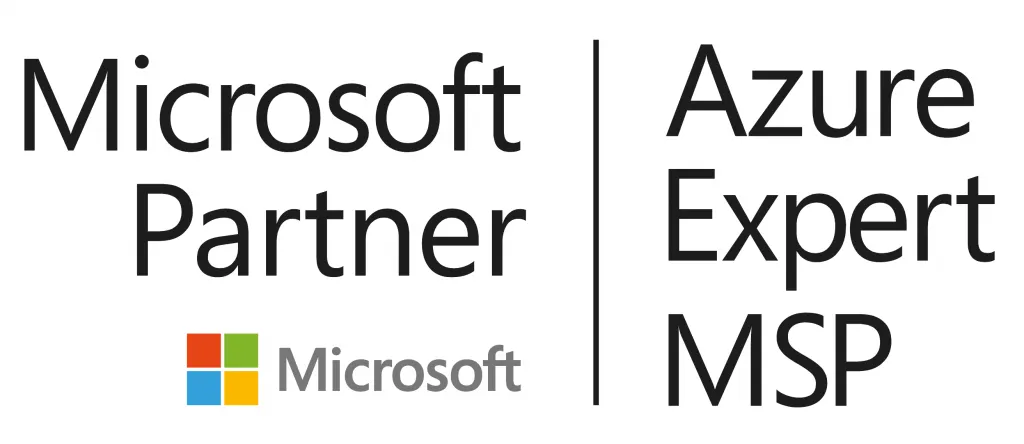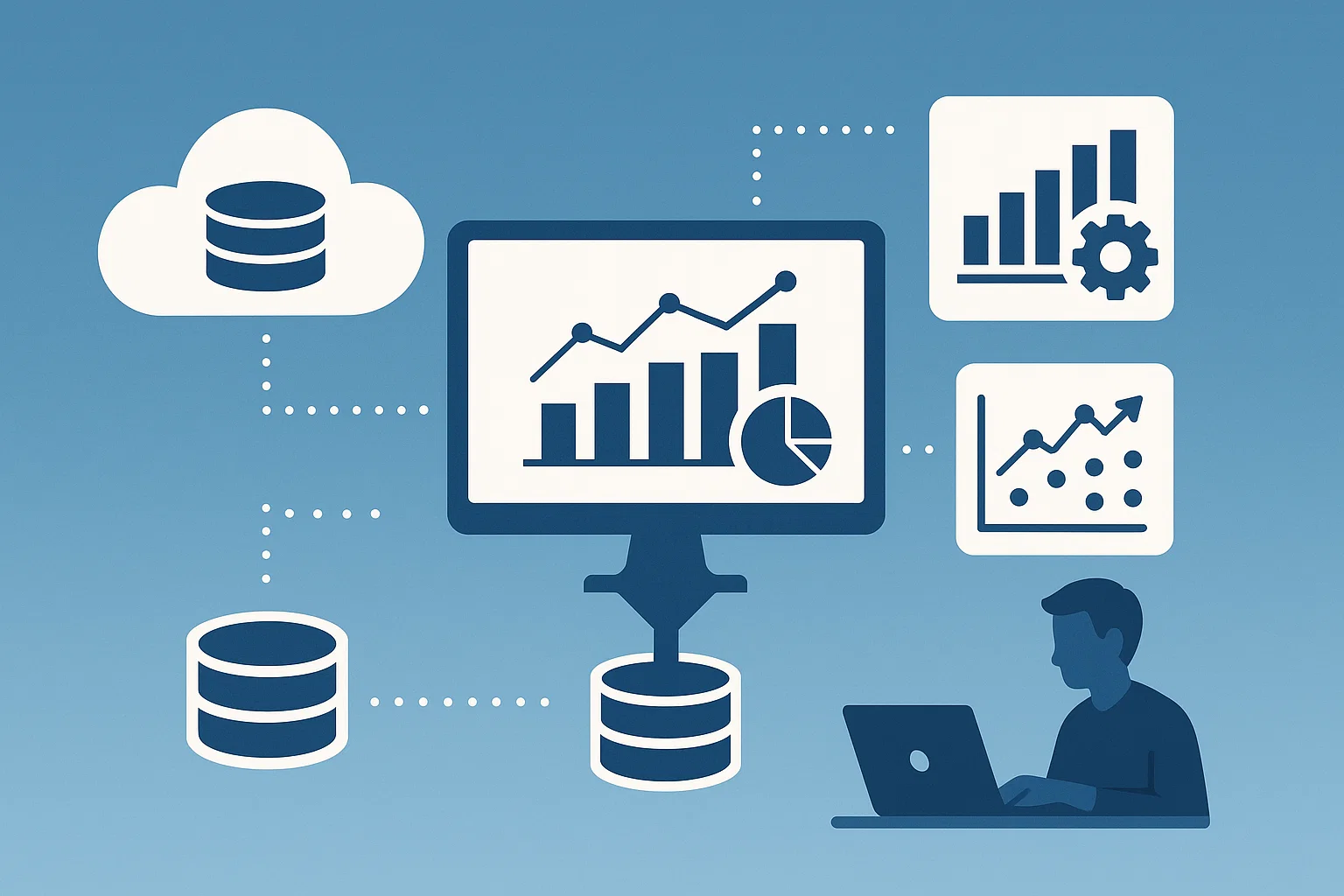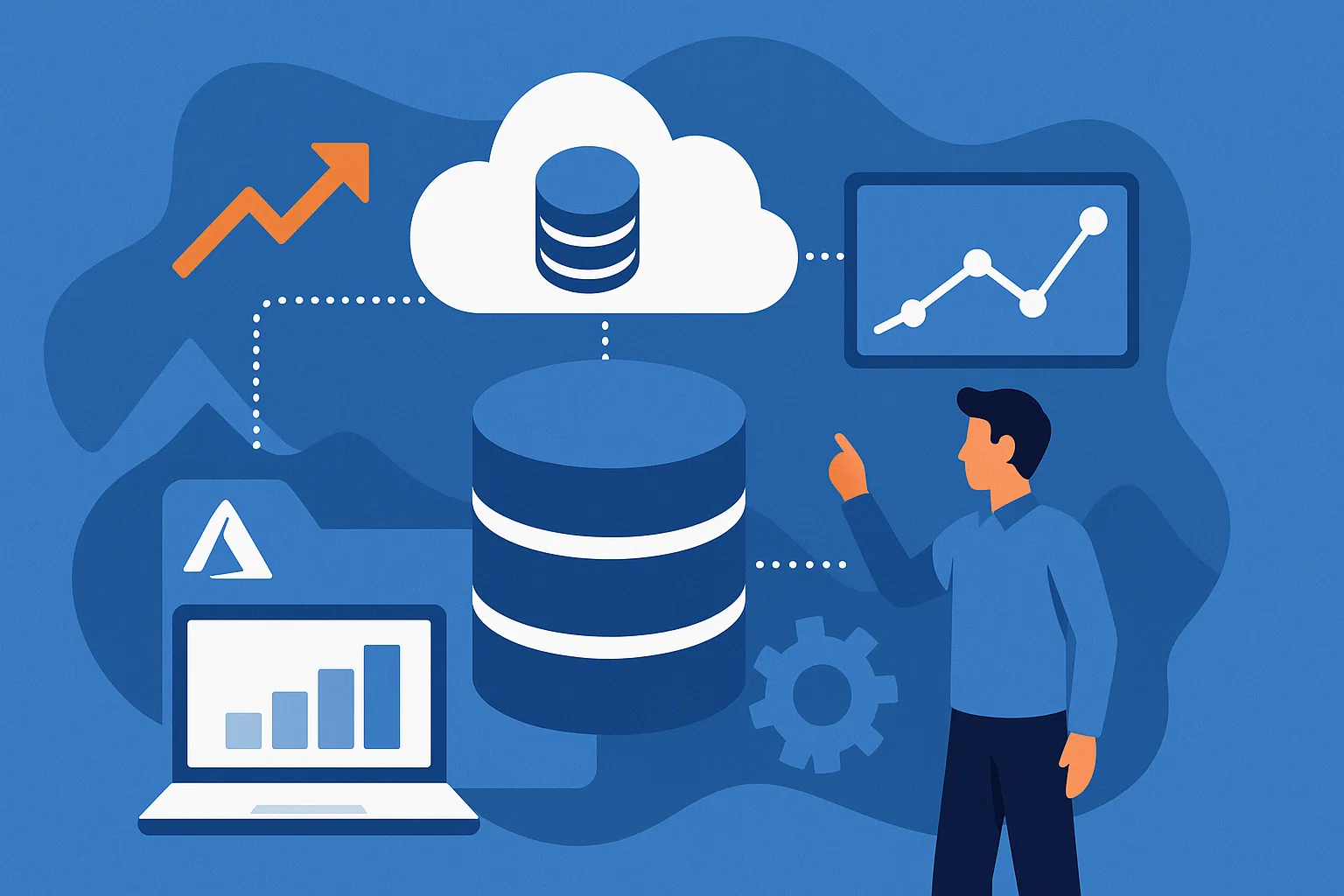Every IT leader understands the challenge of navigating increasing cloud complexity while addressing growing concerns over escalating cloud costs from the C-suite. With multiple platforms like AWS, Azure, Google Cloud, and often hybrid environments to manage, the operational demands can quickly become overwhelming. This complexity underscores the critical importance of selecting the right Cloud Management Portal—one that enables organizations to streamline management, optimize spending, and accelerate their digital transformation initiatives.
Unified Multi-Cloud Platform Management
In today’s landscape, most organizations operate across multiple cloud environments—development teams leveraging AWS, enterprise applications hosted on Azure, and additional workloads running on Google Cloud. Managing each platform independently often leads to fragmented workflows, frequent context switching, and a lack of holistic visibility, increasing the risk of errors and inefficiencies. A robust Cloud Management Portal addresses these challenges by providing a single, unified dashboard that consolidates all cloud platforms into one coherent view. Beyond simplifying operations, this approach significantly reduces cognitive load on your team, empowering them to focus on driving innovation rather than managing disparate administrative tasks.
Tame Your Cloud Spending Before It Eats Your Budget
Consider this striking fact: most organizations waste approximately 30% of their cloud budget on unused or underutilized resources. Common scenarios include leaving test instances running, over-provisioning “just to be safe,” or simply losing track of active assets. The right Cloud Management Portal should offer continuous monitoring and intelligent cost optimization, identifying forgotten resources, highlighting areas of over-spending, and providing proactive alerts—helping you stay ahead of budget concerns before they reach the CFO’s desk. At SNP Technologies Inc., we have a proven track record of helping clients reduce cloud expenses significantly—not by cutting critical services, but by eliminating unnecessary waste.
Let Technology Handle the Routine Stuff
Why should your team spend weekends manually scaling servers when artificial intelligence can automate the process seamlessly? Modern Cloud Management Portals are equipped with AI capabilities that learn your usage patterns and dynamically adjust resources in real time. Think of it as a dedicated team member working around the clock—always precise, never repeating mistakes. This is not futuristic speculation; it is current reality. The portal continuously monitors consumption, forecasts capacity needs, and scales resources up or down autonomously, freeing your team to concentrate on strategic initiatives rather than routine infrastructure management.
Robust Security and Risk Management
Managing cloud security across multiple environments with diverse security models can quickly become a significant operational burden. An effective Cloud Management Portal should streamline this complexity by automating essential functions such as identity and access management, encryption, and compliance monitoring—while delivering clear, actionable insights into your security posture. At SNP Technologies Inc., we’ve worked with organizations where manual security reviews that once consumed hours each week have been reduced significantly, thanks to intelligent, automated solutions. The outcome is not only stronger security but also greater efficiency—achieved through smarter processes, not added effort.
Know What’s Happening Before Your Users Do
Few things are more damaging to credibility than hearing about a system issue from customers before your team is even aware of it. A reliable Cloud Management Portal provides real-time visibility into critical metrics—performance, user experience, and business-impacting data—so you can stay ahead of potential issues and make informed decisions. The key is intelligent monitoring that delivers meaningful, actionable alerts rather than an overwhelming flood of notifications. With the right system in place, you gain clarity, not noise—enabling faster responses and a more proactive approach to service reliability.
Choose Something That Grows with You
As your business scales, so will the complexity and demands of your cloud environment. The Cloud Management Portal you choose should be designed with growth in mind—not just to meet today’s needs, but to support tomorrow’s expansion. Look for a solution that can seamlessly accommodate additional users, increased workloads, and evolving operational complexity without requiring a costly or disruptive platform overhaul. Investing in a scalable, future-ready portal ensures your cloud strategy remains aligned with long-term business objectives.
Work with Your Existing Tools, Not Against Them
Your team likely already relies on trusted tools for development, monitoring, and deployment. A well-designed Cloud Management Portal should integrate seamlessly with these existing systems, enhancing current workflows rather than disrupting them. The objective is to augment your team’s productivity and efficiency by building on what already works—enabling faster adoption, reduced friction, and greater overall value from your cloud investment.
The Decision That Changes Everything
Choosing the right Cloud Management Portal is more than checking off features—it’s about reclaiming your team’s time, reducing operational stress, and realizing the full benefits of cloud computing without constant friction. Your organization deserves a cloud management solution that works as hard as you do. At SNP Technologies Inc., we’ve spent years helping businesses overcome these challenges because we understand the real-world demands behind every technical decision. Behind every infrastructure choice is a leader striving to deliver more with fewer resources, under growing pressure.
If you’re ready to move beyond cloud complexity, we’d welcome the opportunity to discuss how we can help you develop a cloud management strategy that simplifies operations, enhances efficiency, and supports long-term business growth.

